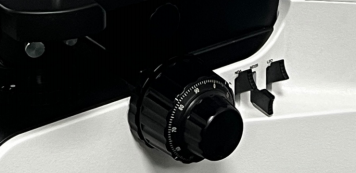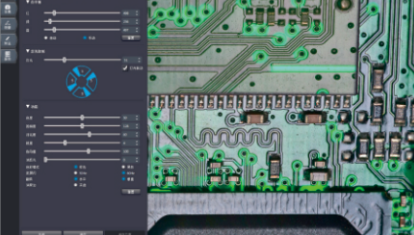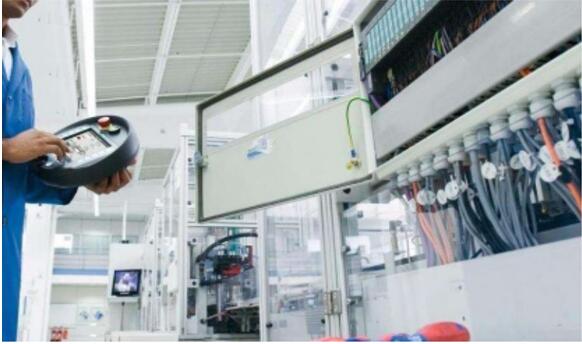What are the differences between autofocus microscopes and conventional microscopes?
A、Microscope Operation Procedures
1. Conventional Microscopes: Entirely Manual Operation — Users must first quickly raise or lower the stage/objective to approach the focal point by rotating the coarse adjustment knob, then fine-tune the focus using the fine adjustment knob (typically with micrometer precision) while intently observing through the eyepiece to subjectively judge image clarity. This process requires repeated attempts, and beginners often encounter issues such as “moving too fast and missing the focus” or “applying excessive force and damaging the sample.”

2. Autofocus Microscope: Achieves automatic focusing through the synergy of “hardware + software” — — Eliminating manual knob adjustments, the system captures real-time images via image sensors (e.g., CMOS/CCD). A specialized focusing algorithm analyzes clarity metrics like image contrast and gradient values to determine the current focal position. It then instructs a high-precision Z-axis stage (with nanometer-level drive accuracy) to automatically fine-tune the height, rapidly locating the “optimal focal plane with maximum clarity.” Some high-end models also support “preset focus positions,” enabling one-click restoration of the focus state after switching samples.

B、Focusing Performance
1. Conventional Microscope: Slow focusing speed, typically requiring 5–30 seconds and dependent on operator skill; lower precision due to operator variability leading to inconsistent results; requires refocusing when viewing angles shift.
2. Autofocus Microscope: Rapid focusing achieved with a single mouse click within 2 seconds, maintaining micron-level precision. Results exhibit high consistency independent of operator skill, and no refocusing is required even when viewing angles shift.
C、Applicable Scenarios
1. Conventional Microscopes: Designed for “low-demand, low-frequency” scenarios, their core value lies in “enabling basic observation at low cost.” Examples include: educational demonstrations, simple qualitative observations, and budget-constrained environments.
2. Autofocus Microscope: Designed for “high-demand, high-frequency” scenarios, its core value lies in “addressing precision/efficiency requirements beyond manual capability.” Examples: scientific research, industrial applications.
Conventional microscopes are “manually operated basic observation tools” suited for low-demand, low-cost scenarios; autofocus microscopes are “software-driven intelligent imaging systems” suited for scientific research and industrial applications requiring efficient, precise, and stable imaging. The fundamental difference between the two lies in the application distinction between “manual operation” and “automation technology” within the field of microscopy.
Product recommendation
TECHNICAL SOLUTION
MORE+You may also be interested in the following information
FREE CONSULTING SERVICE
Let’s help you to find the right solution for your project!


 ASK POMEAS
ASK POMEAS  PRICE INQUIRY
PRICE INQUIRY  REQUEST DEMO/TEST
REQUEST DEMO/TEST  FREE TRIAL UNIT
FREE TRIAL UNIT  ACCURATE SELECTION
ACCURATE SELECTION  ADDRESS
ADDRESS Tel:+ 86-0769-2266 0867
Tel:+ 86-0769-2266 0867 Fax:+ 86-0769-2266 0867
Fax:+ 86-0769-2266 0867 E-mail:marketing@pomeas.com
E-mail:marketing@pomeas.com
